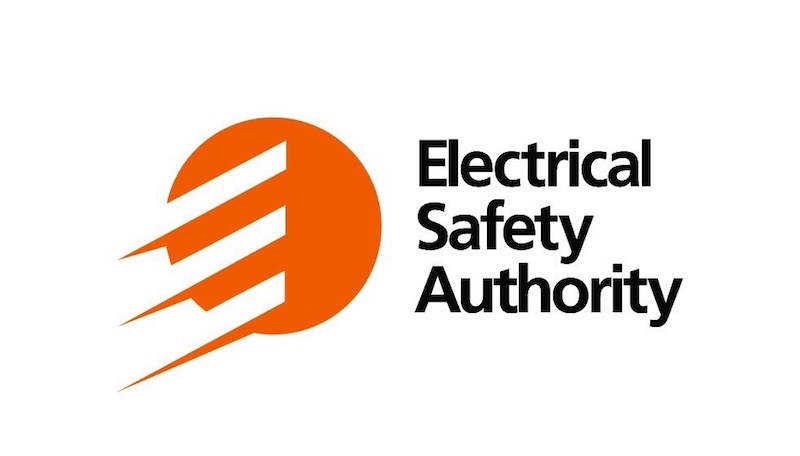
Features
Codes & Standards
News & Updates
26th OESC comes into effect today • May 5, 2016
May 5, 2016 | By Anthony Capkun

May 5, 2016 – The latest edition of the Ontario Electrical Safety Code (OESC)—the legal standard with which all electrical work in the province must comply—comes into effect today, May 5, 2016, and includes new requirements.
“Anyone doing electrical work in Ontario must understand the requirements of this new edition to help ensure safe electrical installations,” said Scott Saint of Ontario’s Electrical Safety Authority (ESA).
This latest edition (26th edition, 2015) contains a number of amendments, says ESA, based on “key learnings from safety incident data”, including:
Expanded requirements for arc fault circuit interrupters (AFCIs)
Circuits that supply bedroom receptacles have been required to be protected by AFCIs since 2002, says ESA, but its analysis of the Ontario Office of the Fire Marshal’s data concludes AFCI protection could reduce residential electrical distribution fires by up to 71%. Hence, the new OESC expands AFCI requirements to include most other areas of the home, including outdoors. It also now requires “combination type” AFCIs that protect wiring within house walls and connected electrical cords against the unwanted effects of arcing.
New guidelines for safe clearances between light fixtures and combustibles
New guidelines are in response to several fires in Ontario over the past five years caused by light fixtures coming too close to flammable materials (including shelving), says ESA. The previous OESC required a shade or guard for lights installed where combustibles are stored. The new edition goes beyond storage areas to other situations where combustibles may exist, such as kitchen cabinetry close to pot lights. It provides guidance for minimum clearances that will minimize any potential overheating to combustible materials surrounding light fixtures.
Wiring at non-commercial docks
To address hazards associated with electric shock drowning, the new OESC states receptacles on commercial docks and marinas—as well as cottage docks—are required to be protected by ground fault circuit interrupters (GFCIs). Feeder circuits installed in or on a cottage boathouse or dock are also required to be protected by GFCIs.
Other additions to the new OESC include changes for renewable energy installations (including requirements for rapid shutdown for solar), and specifics on the location of electrical hook-ups for recreational vehicle (RV) parking, to reduce unsafe use of extension cords, and harmonize with the United States’ National Electrical Code.
In addition to prescriptive amendments and rules regarding instructions for safe electrical installations, the OESC also contains requirements regarding electrical permits. Specifically, almost all electrical work requires a permit. In Ontario, only a licensed electrical contractor (LEC) is legally allowed to be hired for electrical work, and only homeowners or occupants are able to conduct electrical work in their own home.
And while homeowners and occupants are legally allowed to do electrical work in their own home, ESA says it strongly encourages hiring an LEC, not to mention taking out the required permits. Then, once the electrical work is complete, “it is imperative to ask for an ESA Certificate of Inspection for resale and insurance purposes, as well as peace of mind”.
Print this page